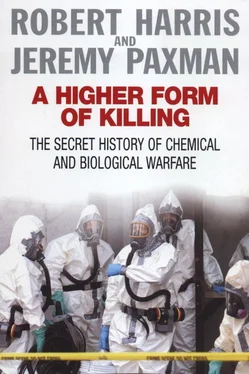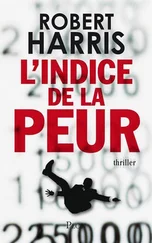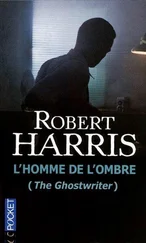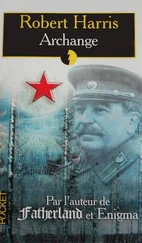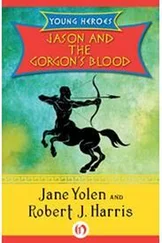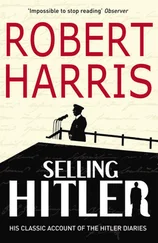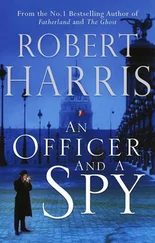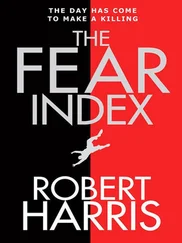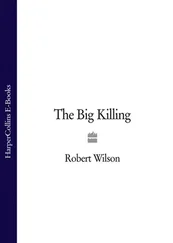Travelling at great speed, the cloud – a mixture of chlorine and phosgene – outstripped the alarm system of gongs and klaxons and took hundreds of men unawares; one man was gassed five miles behind the front line. Panic set in on the dark winter morning as shell fire cut all the telephone wires to the front. It was mid-afternoon before Adie could reach the first trench. Most of the chlorine victims were already dead, ‘blue and puffed out’, the wounded frothing from the mouth. The phosgene victims began to feel worse as the day progressed. Men who thought they had escaped being gassed suddenly found the slightest effort made them ill.
Some 30 or 40 men left the trench to report sick. To get to the road the men reporting sick had to go across about 100 yards of very rough muddy ground. The exertion, in heavy wet great-coats, and with all their equipment, caused great alteration in their condition, and by the time they reached the road they were exhausted and were quite unable to proceed any further. The road was strewn with exhausted men, and we did not get them all in until 7 am the next morning. The history of the men who remained at duty in the trenches was still more striking. One man, feeling fairly well, was filling sand bags when he collapsed and died suddenly. Two more men died in the same way that evening. 24
One officer died suddenly in an ambulance, another collapsed while walking to report his symptoms. A third reported to a medical post at 8.30 pm. ‘He said he didn’t feel very well, but he did not look very bad. I gave him a cup of tea which he drank and we talked for a little while. Suddenly he collapsed in the chair he was sitting on. I gave him some oxygen but he died an hour afterwards.’ 1,069 men were gassed that day; 116 died.
The appearance of phosgene greatly deepened the fear of gas. Like chlorine it had quirky side-effects – for example it made pipe tobacco taste like hay. But it was, at a rough calculation, eighteen times as powerful as chlorine, practically colourless and odourless, and much more difficult to detect. Effective in concentrations of just one part in 50,000 it had a deadly delayed action. A victim who has inhaled a lethal dose at first feels nothing more than a mild irritation of eyes and throat which quickly passes off; for up to two days afterwards a man might actually feel mildly euphoric. Throughout this period his lungs are filling with fluid. Collapse comes quickly. The slightest action – turning over in bed for instance – can send the respiration rate rocketing to 80 breaths per minute, the pulse to 120. The ‘drowning period’ begins. Official reports describe ‘an abundant flow of thin watery fluid, often streaked with blood, which simply flows from the mouth as the dying patient loses the power to expel it. After death, the foam from this fluid may dry to a white efflorescence around the mouth.’ 25Victims were known to cough up four pints of this yellowish liquid every hour; it could take forty-eight hours to die.
The gas produced some of the most curious stories of the war. Foulkes recalled a German taken prisoner after a British phosgene attack. At his interrogation, in high spirits, he ridiculed the ineffectiveness of British gas. Twenty-four hours later he was dead. One German died while writing a letter home to his family. Because of its delayed action, phosgene caused many casualties among the men of the Special Companies, unaware that they were being poisoned.
One sergeant got a slight dose of gas the day after an attack had been made, whilst disconnecting pipes from the empty cylinders: he paid no attention to it, did not even mention it at the time and carried on with his duties. He slept and breakfasted well on the following day, but an hour later he became very ill and died twenty-four hours after inhaling the gas. 26
At the Battle of the Somme alone, fifty-seven of Foulkes’s men died from the effects of their own gas.
It was at the Somme, in June 1916, that the Allies first used the new gas. In the biggest attack they had launched up to that time, chlorine and phosgene were released along a seventeen mile front, producing a massive cloud that penetrated twelve miles behind the German lines. The cloud wiped out men, horses, wildlife, insects, vegetation – virtually everything it touched. Three months before autumn, all the leaves on the trees in the nearby Monchy wood had fallen. The war correspondent of the Frankfurter Zeitung wrote of the hundreds of dead rats and mice that ‘are found in the trenches after gas attacks. Owls are greatly excited. Behind the front, fowls and ducks are said to have become restless a quarter of an hour before the gas clouds approached; and the gas kills ants and caterpillars, beetles and butterflies. I found a hedgehog and an adder both killed by gas. The only birds that seem indifferent to the gas are the sparrows.’ 27A few weeks later, in August, a German cloud of phosgene reached a height of sixty feet and passed through a wood near Ypres, killings thousands of birds nesting in the trees.
On the Somme, phosgene killed men in their hundreds. The Daily Chronicle enthusiastically reported that ‘British wounded brought back from the German trenches by their comrades related that the effects of the new gases experimented with are terrible. One soldier of the Highland Light Infantry, who took part in one of the principle incursions into the enemy trenches, declares that all the Germans occupying that particular sector were dead. Two hundred and fifty corpses were counted lying huddled together.’ 28
The story was the same as in previous gas attacks: men caught unawares, panicking, and spreading the terror and confusion which enabled the gas to do its work. ‘Some men,’ according to a report captured from the German 12th Division, ‘were taken by surprise and put on their masks too late, others ran too quickly and tore off their masks because of the difficulty of breathing. Others, again, tumbled about during the alarm and either had their masks torn off or displaced.’ 29The dead were too numerous to bury: the dug-outs where they lay were merely blown up or filled in with earth.
In the first eighteen days of the Somme Battle, the Special Brigade carried out fifty gas attacks. Phosgene became the main British chemical weapon. Over the next nine months almost 1,500 tons of it were discharged.
To the British – the public, the army, even the men of the Special Brigade – gas was universally known as ‘Frightfulness’. Even after years of war and atrocity which had seen the introduction of such terrifying new weapons as the tank, the Zeppelin and the U-boat, gas was still the most hated and feared of them all, with a complete demonology to itself. Chemical weapons came to epitomise all that was most disgusting and evil about the war, a mood captured best in Wilfred Owen’s famous poem:
Gas! Gas! Quick, boys! – An ecstasy of fumbling.
Fitting the clumsy helmets just in time;
But someone still was yelling out and stumbling,
And flound’ring like a man in fire or lime…
Dim, through the misty panes and thick green light.
As under a green sea, I saw him drowning.
In all my dreams, before my helpless sight,
He plunges at me, guttering, choking, drowning.
If in some smothering dreams you too could pace
Behind the wagon that we flung him in,
And watch the white eyes writhing in his face,
His hanging face, like a devil’s sick of sin;
If you could hear, at every jolt, the blood
Come gargling from the froth-corrupted lungs,
Obscene as cancer, bitter as the cud
Of vile incurable sores on innocent tongues, –
My friend, you would not tell with high zest
To children ardent for some desperate glory,
The old Lie: Dulce et decorum est
Pro patria mori.
Читать дальше
